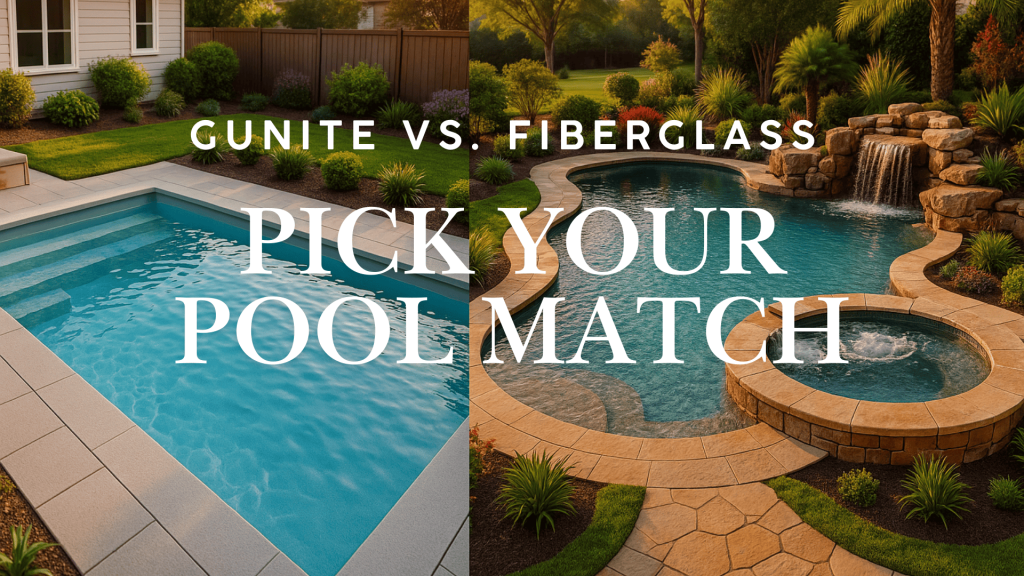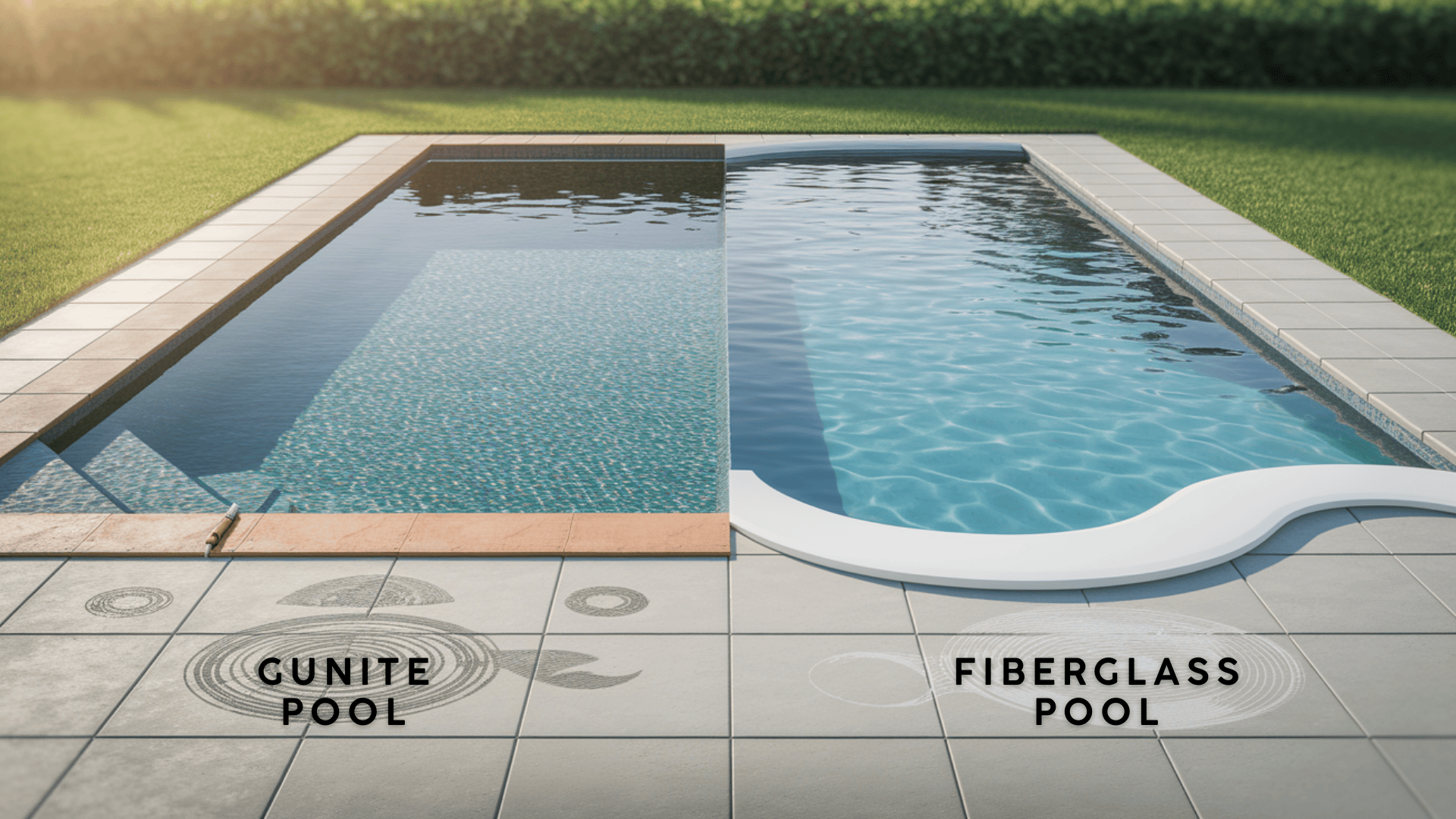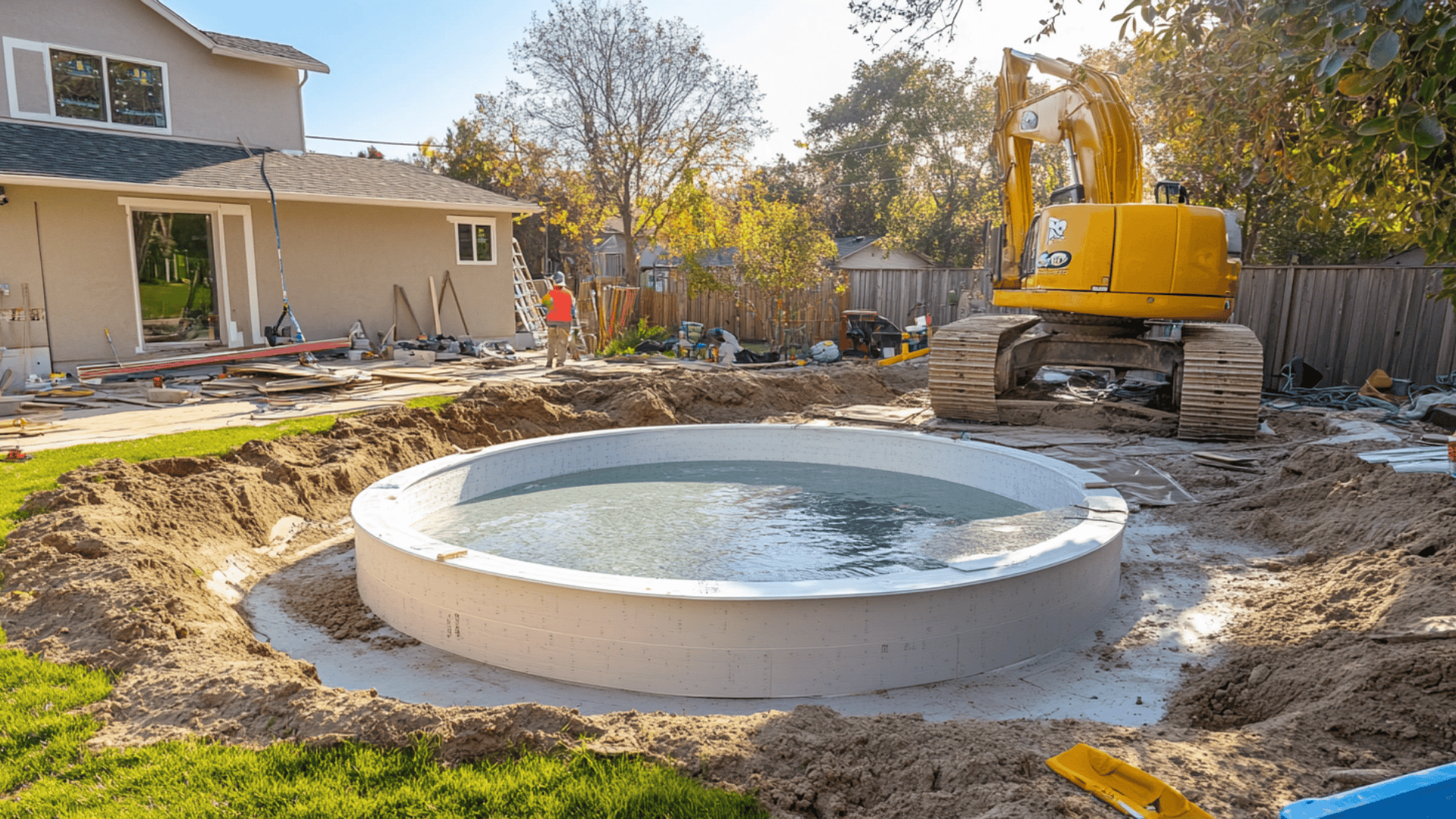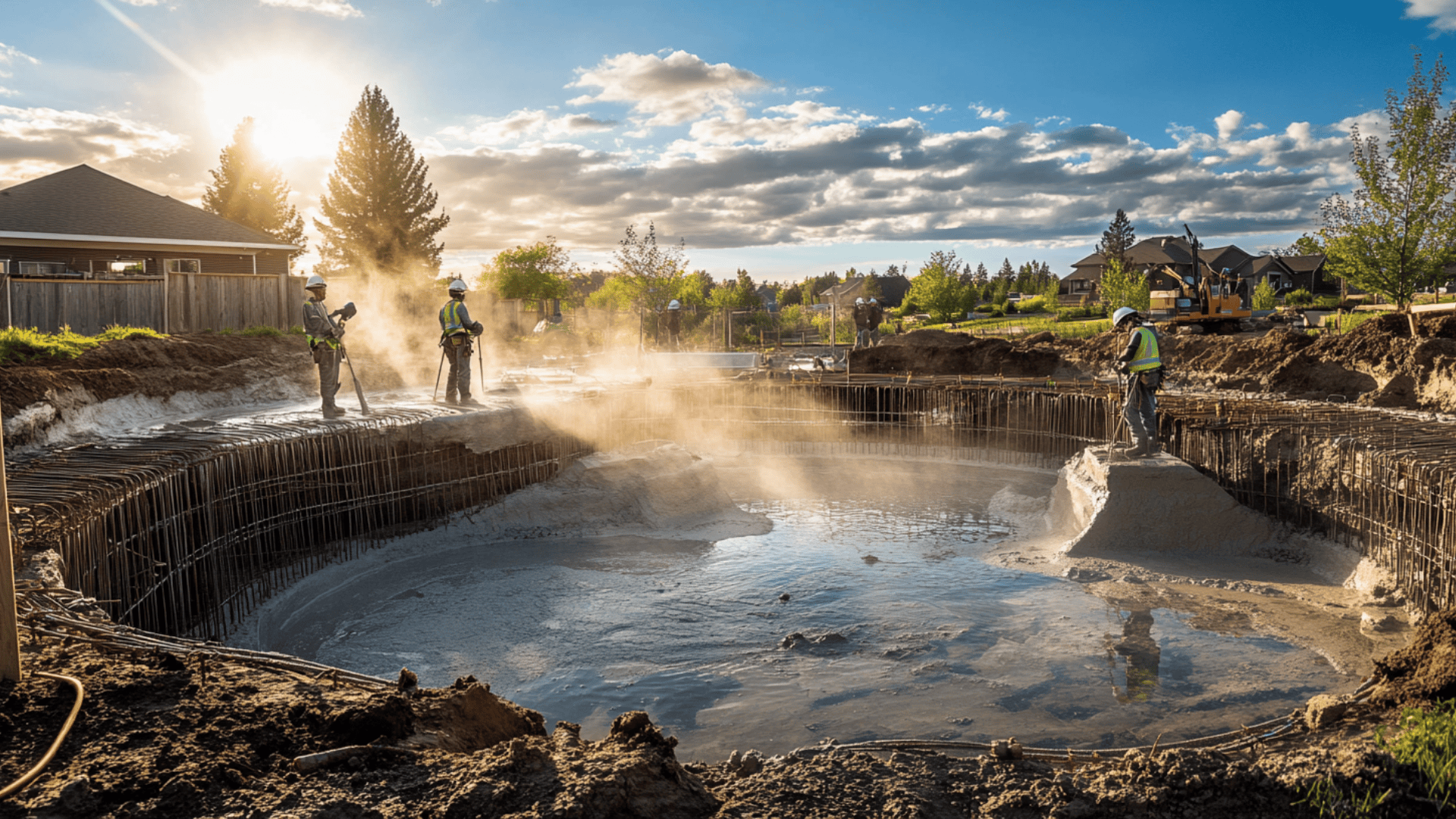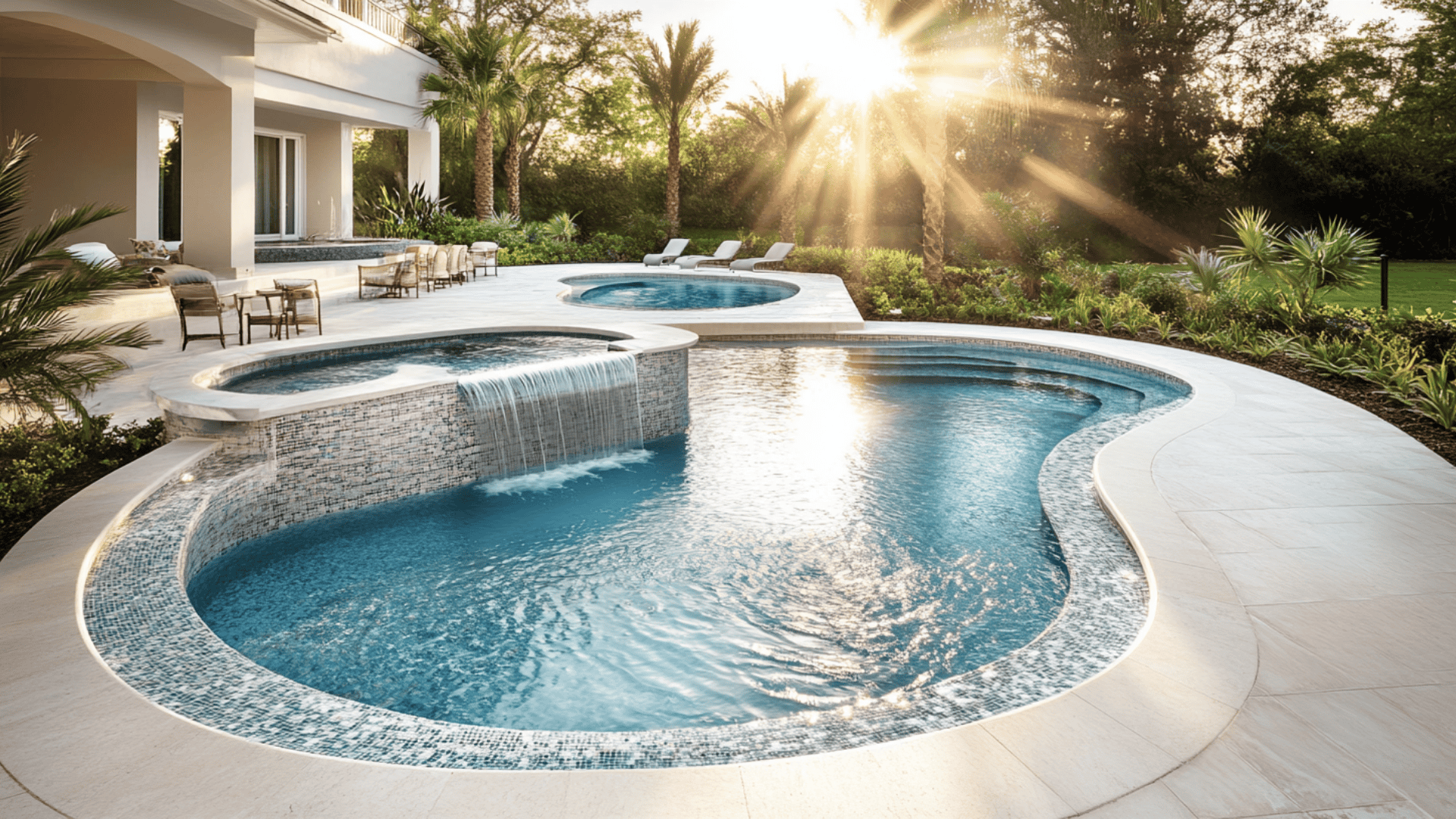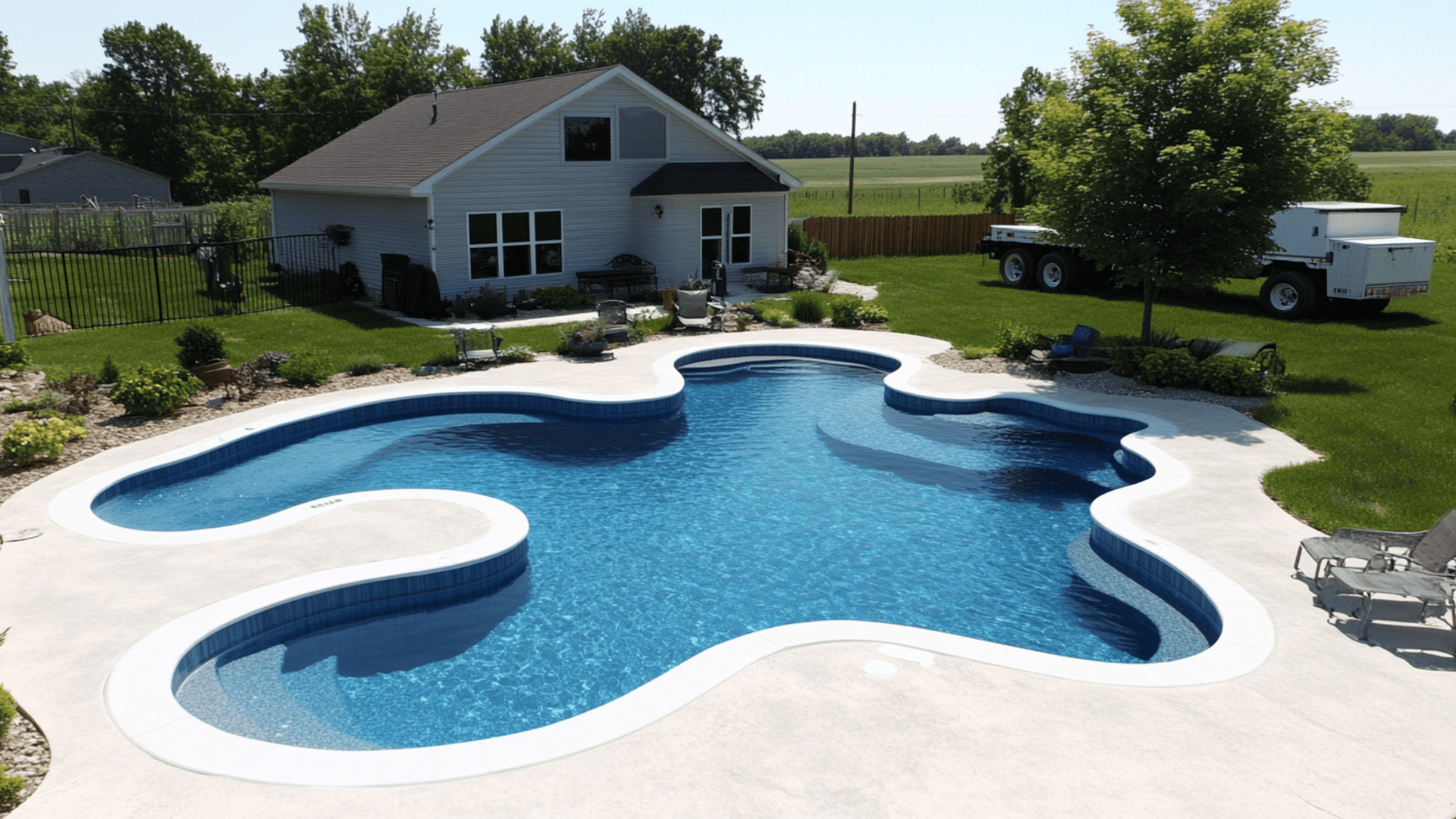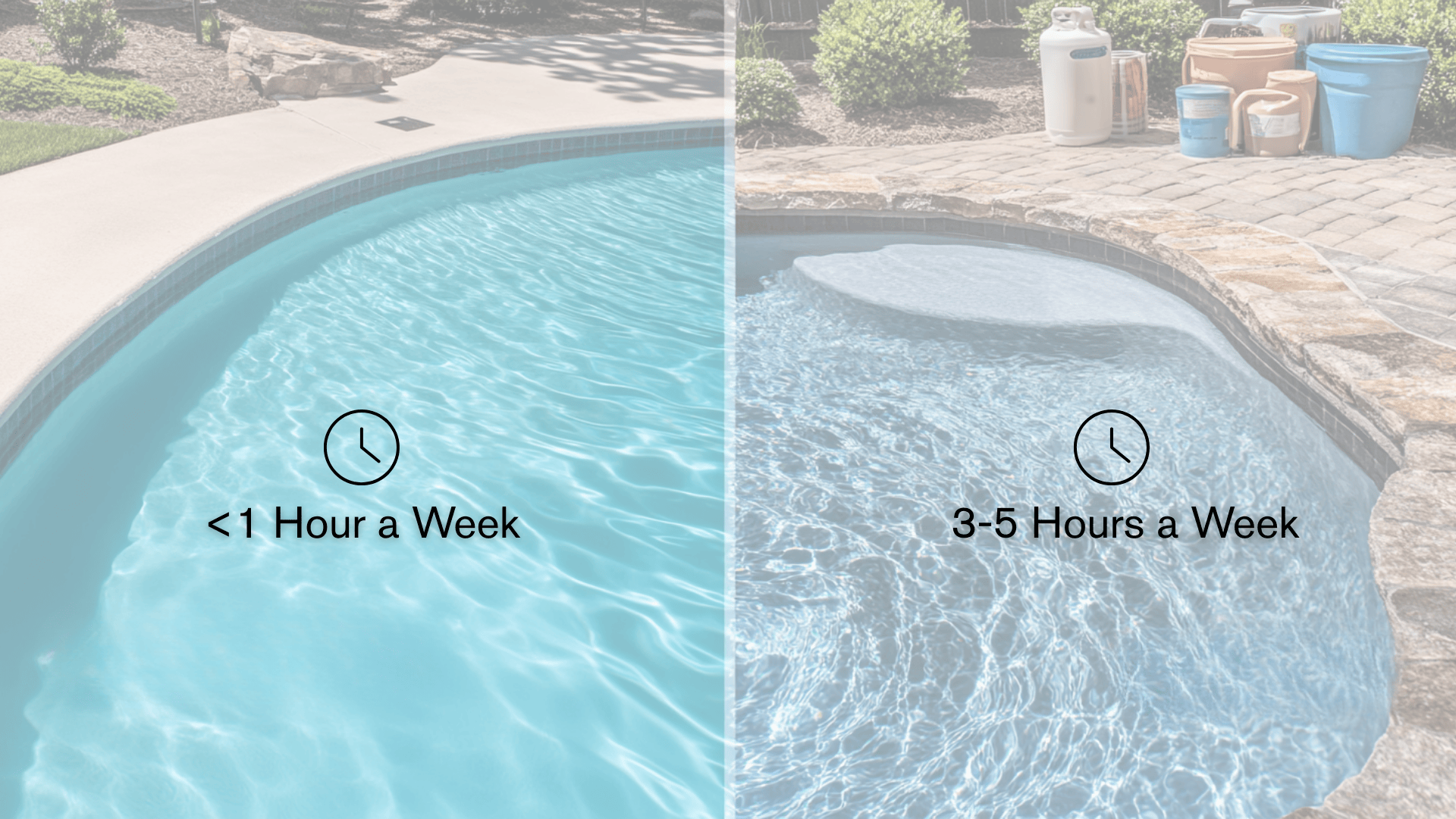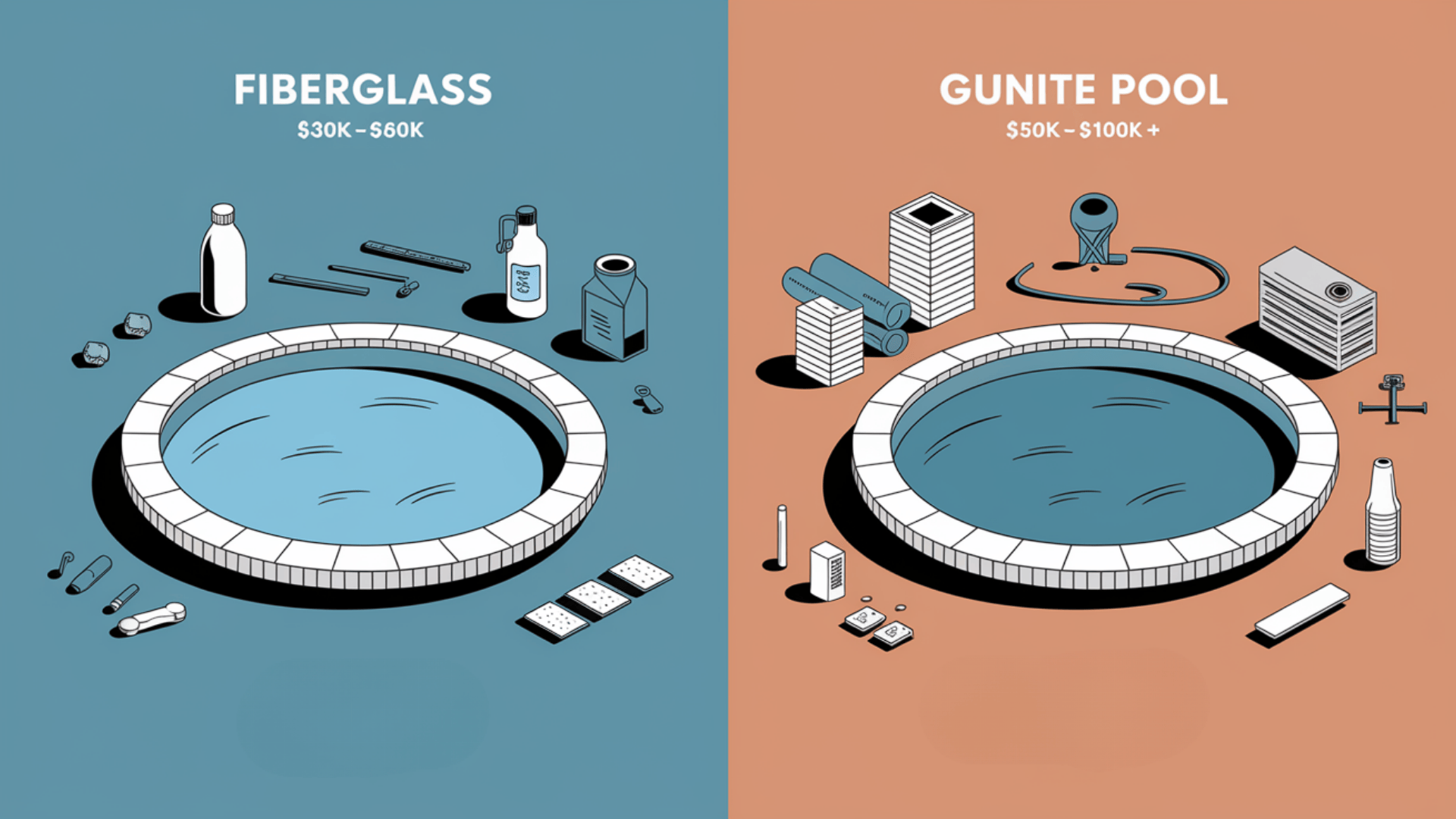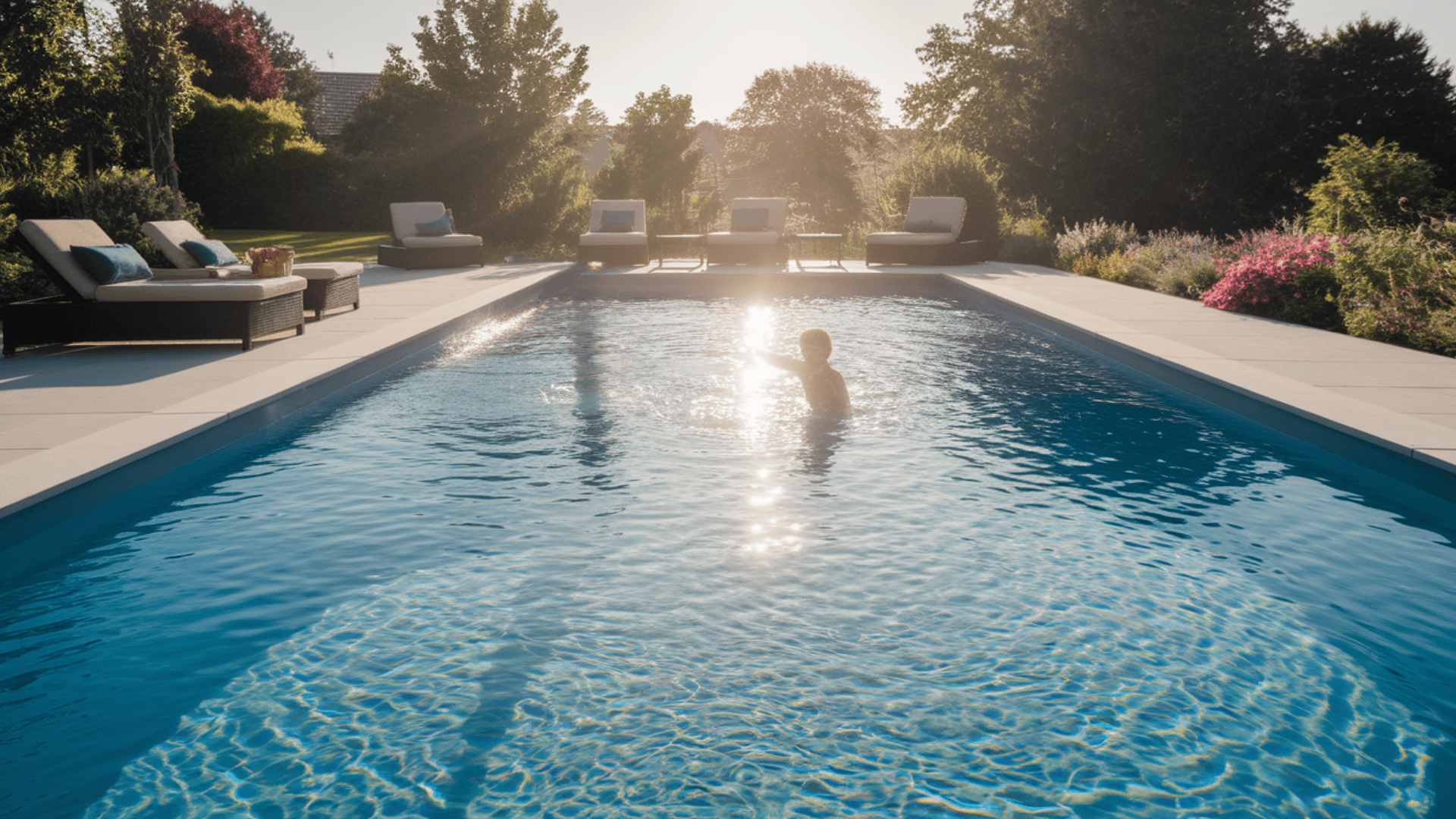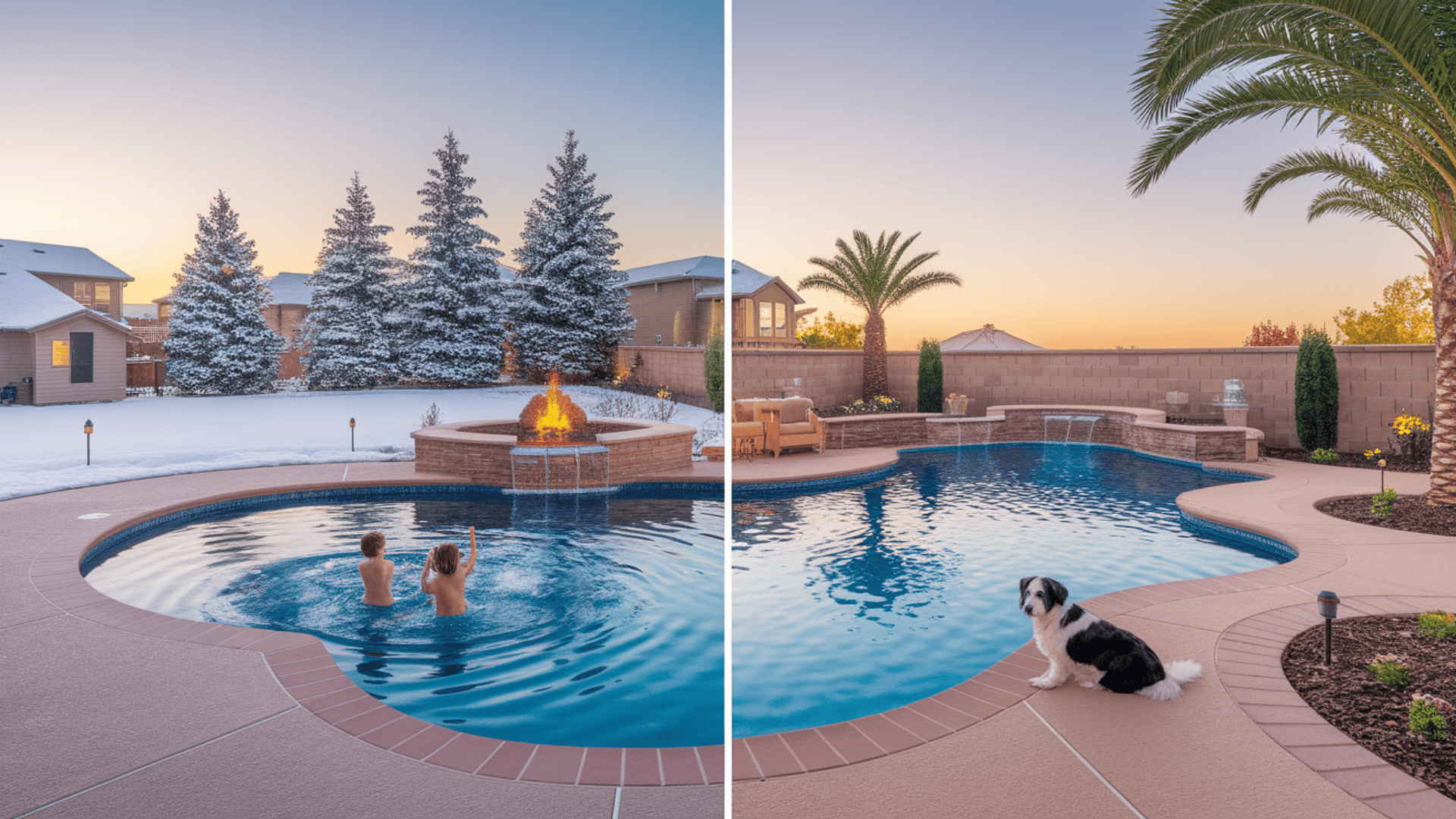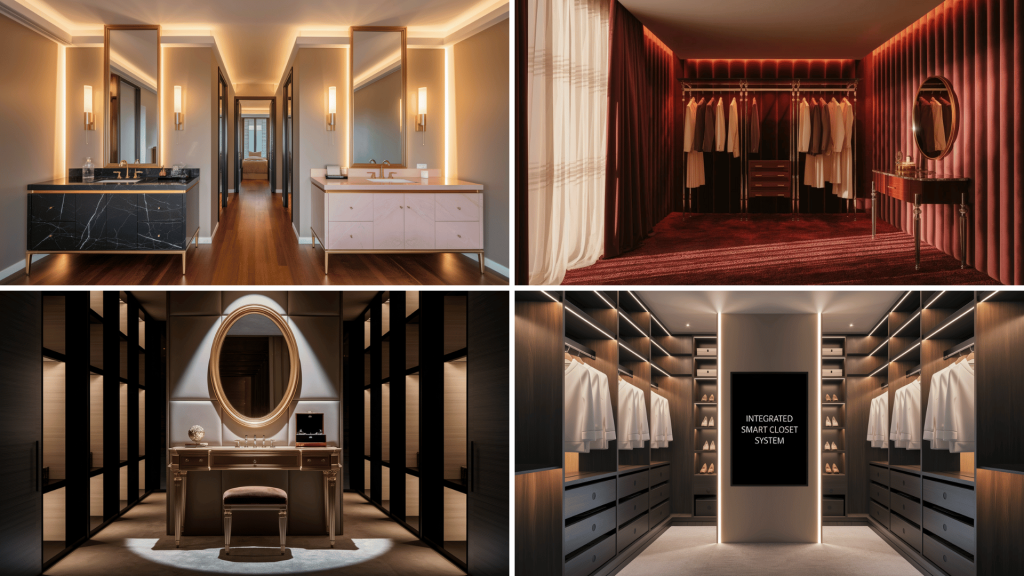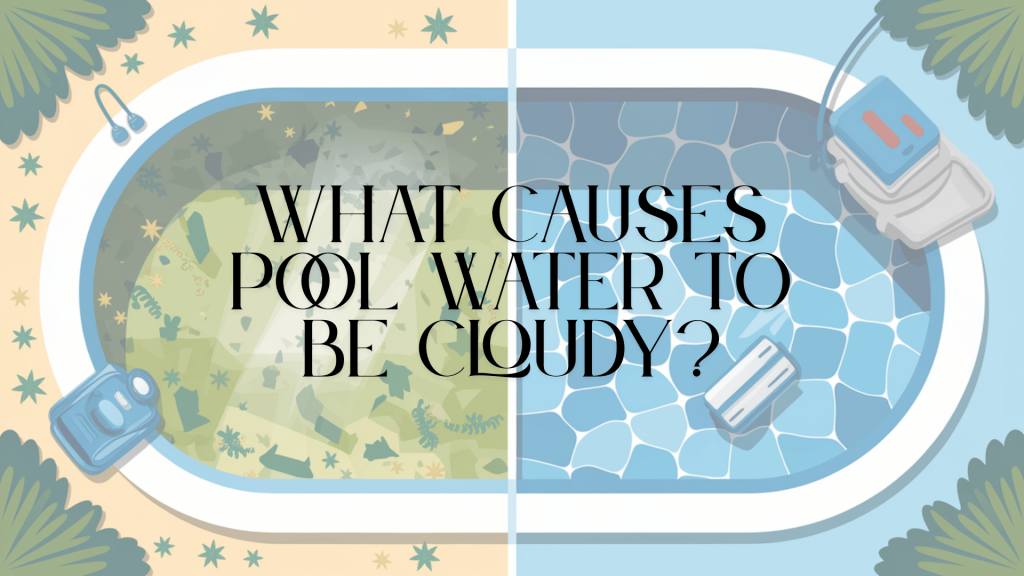Planning a backyard pool? You’ve got two main contenders: fiberglass and gunite. The choice affects everything—your budget, how quickly you’ll be swimming, and years of maintenance ahead.
Most homeowners don’t realize the true differences between these pool types until they’re knee-deep in construction.
Making the right decision means understanding not just what you want now, but also what you’ll appreciate five or ten years from now.
The perfect pool strikes a balance between your immediate desires and long-term practicality. Let’s compare fiberglass and gunite pools across six key factors to help you make the most informed choice for your family, yard, and budget.
Fiberglass vs. Gunite Pools: What Homeowners Need to Know
When selecting a swimming pool, two primary options emerge: fiberglass and gunite. Here’s what you should know before making this important decision for your home.
The choice you make will shape not only your backyard space but also how you spend your summers for years to come.
Your perfect pool depends on your specific needs, yard size, and the amount of time you want to spend on upkeep versus swimming.
Pool Types at a Glance
Before diving into the details, let’s compare these two popular pool types side by side. This quick overview will help you understand the main differences at first glance.
Consider this your starting point for making a smart choice for your family and home.
| FEATURE | FIBERGLASS POOLS | GUNITE POOLS |
|---|---|---|
| Installation time | 2-4 weeks | 2-4 months |
| Cost | Lower upfront | Higher upfront |
| Customization | Limited shapes | Highly customizable |
| Maintenance | Less work, lower cost | More work, higher cost |
| Lifespan | 25+ years | 30+ years with proper care |
Let’s break down what makes each pool type unique and which might work best for your specific needs.
Durability & Longevity — Which Pool Lasts Longer?
When investing in a pool, you want to know how long it will last. Both pool types can serve your family for many years, but their lifespans and upkeep needs differ significantly.
1. Expected Lifespan
Gunite pools can last 50–100 years with proper care, making them a multi-generation addition to your home. However, they need resurfacing every 7–10 years, which costs several thousand dollars each time.
| POOL TYPE | EXPECTED LIFESPAN | MAJOR MAINTENANCE |
|---|---|---|
| Gunite | 50-100 years | Resurfacing every 7-10 years |
| Fiberglass | 20-30 years | Minimal repairs if well-maintained |
Fiberglass pools typically last 20–30 years when well-maintained. While this is shorter than gunite, they need much less work during that time.
2. Handling Ground Movement
One big factor in pool longevity is how they handle shifting soil:
Gunite pools are rigid structures that can crack when the ground moves. This is why they often require repairs in areas with freezing and thawing cycles, clay-rich soils, or regions prone to minor ground shifts.
Fiberglass pools bend slightly with the Earth’s movement. This built-in give helps them avoid damage from seasonal soil changes, minor ground settling, and cold-weather conditions.
If your yard sits on unstable ground or you live in an area with extreme temperature changes, this flexibility difference could save you thousands in repairs over your pool’s lifetime—a crucial factor many homeowners overlook until it’s too late.
3. Wear and Tear Concerns
Daily use affects each pool type differently:
Gunite can develop rough spots that can cause discomfort to the feet over time, may exhibit staining or discoloration, and requires periodic acid washing to maintain a fresh appearance.
Fiberglass keeps its smooth finish for decades, resists staining and discoloration, and won’t snag swimsuits or scrape skin.
Your local weather, soil type, and the frequency of pool use will all play a role in determining how long either kind lasts.
For most families, both options will provide many years of swimming fun, just with different care needs along the way.
Installation Time & Process
Thinking about when you’ll be able to take your first swim? The timeline difference between these pool types is significant and might affect your decision.
Fiberglass: Quick and Ready to Splash
Fiberglass pools arrive at your home ready to use. Workers simply:
- Dig the hole to match the shell
- Place and level the pre-made pool
- Connect plumbing and electrical systems
- Fill with water and finish landscaping
This streamlined process takes just 1-3 weeks, meaning you could decide in spring and swim by early summer. Since the shell comes fully finished, there’s no waiting for materials to cure or set.
Gunite: Built From Scratch on Your Property
Gunite pools are truly built from the ground up in your yard through several stages:
- Excavation and shaping of the hole
- Installation of steel rebar framework
- Spraying of the concrete mixture
- Curing time (which can’t be rushed)
- Application of the finish coat
- System setup and water filling
This thorough process takes 8-12 weeks under ideal conditions. Bad weather can extend the timeline, as many steps can’t be done in rain or extreme temperatures.
For families planning summer fun, this timing difference matters—a gunite project started in April might not be ready until July or August, while a fiberglass pool could be ready for Memorial Day weekend.
Design Flexibility and Features
Your dream pool might need specific looks or features that only one pool type can provide. Here’s how they compare in design options.
Gunite: Your Imagination is the Limit
Gunite pools can take almost any shape you can think of—from classic rectangles to free-flowing natural forms. Since they’re built on-site:
- You can create any depth changes, including deep diving areas
- Unique water features like rock waterfalls blend right in
- Swim-up bars, beach entries, and in-pool seating fit perfectly
- Matching spas can be built right alongside the main pool
This complete freedom makes gunite ideal for those who want something truly one-of-a-kind or need to work around unusual yard shapes.
Fiberglass: Stylish But Pre-Determined
Fiberglass pools come in many attractive styles, but all are pre-made at a factory:
- Sizes typically range from small plunge pools to about 16 feet wide
- Shapes include rectangles, kidneys, and modern designs
- Many come with built-in steps, benches, and tanning ledges
- Some models include attached spa sections
The transport limitations mean very large or unusually shaped pools aren’t possible with fiberglass. However, today’s models offer much more style than older versions, with many elegant options that fit most common yard spaces.
If you have a specific vision that requires unusual dimensions or features, gunite provides that freedom. For most standard pool needs, today’s fiberglass designs offer plenty of attractive options.
Maintenance Requirements
The true cost of pool ownership often shows up in how much time and money you spend on upkeep year after year.
Fiberglass: Low-Maintenance Freedom
The smooth, non-porous gel coat on fiberglass pools creates major maintenance advantages:
- Weekly care: Most owners spend less than one hour per week on basic care—adding chemicals and quick skimming.
- Chemical use: The smooth surface doesn’t affect water chemistry, so you’ll use fewer chemicals to keep the water balanced.
- Cleaning needs: Algae struggles to attach to the slick surface, meaning less scrubbing and fewer algae treatments.
This low-maintenance aspect makes fiberglass particularly popular with busy families who want to spend their time swimming rather than cleaning.
Gunite: Hands-On Upkeep Required
The porous concrete surface of gunite pools requires more attention:
- Weekly care: Expect 3-5 hours weekly on cleaning, brushing the walls, and adjusting chemicals.
- Chemical use: The porous surface consumes more chlorine and can throw off the pH balance more easily.
- Cleaning challenges: The textured surface can harbor algae, requiring regular brushing to prevent growth.
Over time, the rougher texture of gunite can also be tough on skin and swimwear—another hidden “cost” of this pool type.
For those who don’t mind the additional care or plan to hire a pool service, gunite pools still offer unmatched beauty. But the maintenance difference should factor into your decision, especially if you plan to care for the pool yourself.
Cost Comparison — Upfront and Long-Term
Understanding the full financial picture helps make the right choice for your budget both now and years down the road.
Initial Investment
The upfront costs show a clear difference between these pool types:
| POOL TYPE | STARTING COST | HIGH-END COST | WHAT AFFECTS PRICE |
|---|---|---|---|
| Fiberglass | $30,000 | $60,000 | Size, features, and access difficulty |
| Gunite | $50,000 | $100,000+ | Size, design complexity, finishes |
This price gap exists because gunite pools require more labor hours and specialized skills to build from scratch on your property.
Ongoing Expenses
The cost story continues long after installation:
Fiberglass pools typically cost about $5,750 in maintenance over ten years, including:
- Fewer chemicals
- Less electricity for pumps and filters
- No resurfacing needed
Gunite pools average around $20,000 in maintenance over the same decade:
- More chemicals required
- Higher electricity usage
- Resurfacing costs every 7-10 years ($10,000+)
While gunite pools often add slightly more to home resale value, the ongoing cost difference tends to favor fiberglass over the long run.
Your budget needs, both present and future, should play a key role in your decision. Some homeowners decide the custom design options of gunite justify the higher costs, while others prefer the lower lifetime expense of fiberglass.
Which Pool Type is Best for Your Lifestyle?
Beyond technical specifications, your family’s specific needs should guide your final choice.
1. Choose Fiberglass If:
You value a quick start to swimming season and want to spend weekends enjoying your pool rather than maintaining it. Fiberglass is ideal for families who:
- Need a pool ready for this summer, not next
- Have a standard-sized yard with good access
- Want to minimize ongoing costs and care
- Are comfortable selecting from pre-made designs
A fiberglass pool offers a “set it and almost forget it” approach to pool ownership that works well for busy households.
2. Choose Gunite If:
You’re creating a long-term backyard retreat where specific design elements take precedence over quick installation or easy maintenance. Gunite makes sense for homeowners who:
- Want complete control over every aspect of their pool
- Have an unusually shaped yard needing a custom fit
- Plan custom water features or unique depth configurations
- See their pool as a long-term investment in their property
The crafted, in-place nature of gunite allows for a truly personalized water feature that becomes an integral part of your landscape.
3. Final Considerations
Your local climate also plays a role—fiberglass often performs better in areas with freezing winters or shifting soil, while gunite may offer better value in stable, warm regions.
Also, consider how you’ll use the pool: Do you have small children needing shallow areas? Do you want lap lanes for exercise? Will pets use the pool? These lifestyle factors should influence your choice as much as the technical details.
The perfect pool matches your lifestyle, not just how it looks in a brochure or on a website. Take a moment to envision your family using each type before making your final decision.
Wrapping It Up!
Your dream pool awaits—but only you can decide if it’s fiberglass or gunite. Each type offers distinct advantages that appeal to different homeowners.
Fiberglass delivers speed, simplicity, and lower long-term costs. Gunite provides unlimited customization and decades of durability. Consider your priorities: quick installation or perfect customization? Lower maintenance or higher design flexibility?
Your ideal choice aligns with how you’ll use your pool on a day-to-day and year-round basis. The best pool isn’t about following trends—it’s about matching your specific needs, yard, and lifestyle.
Now you can move forward confidently, knowing exactly which pool type will bring your backyard vision to life.

